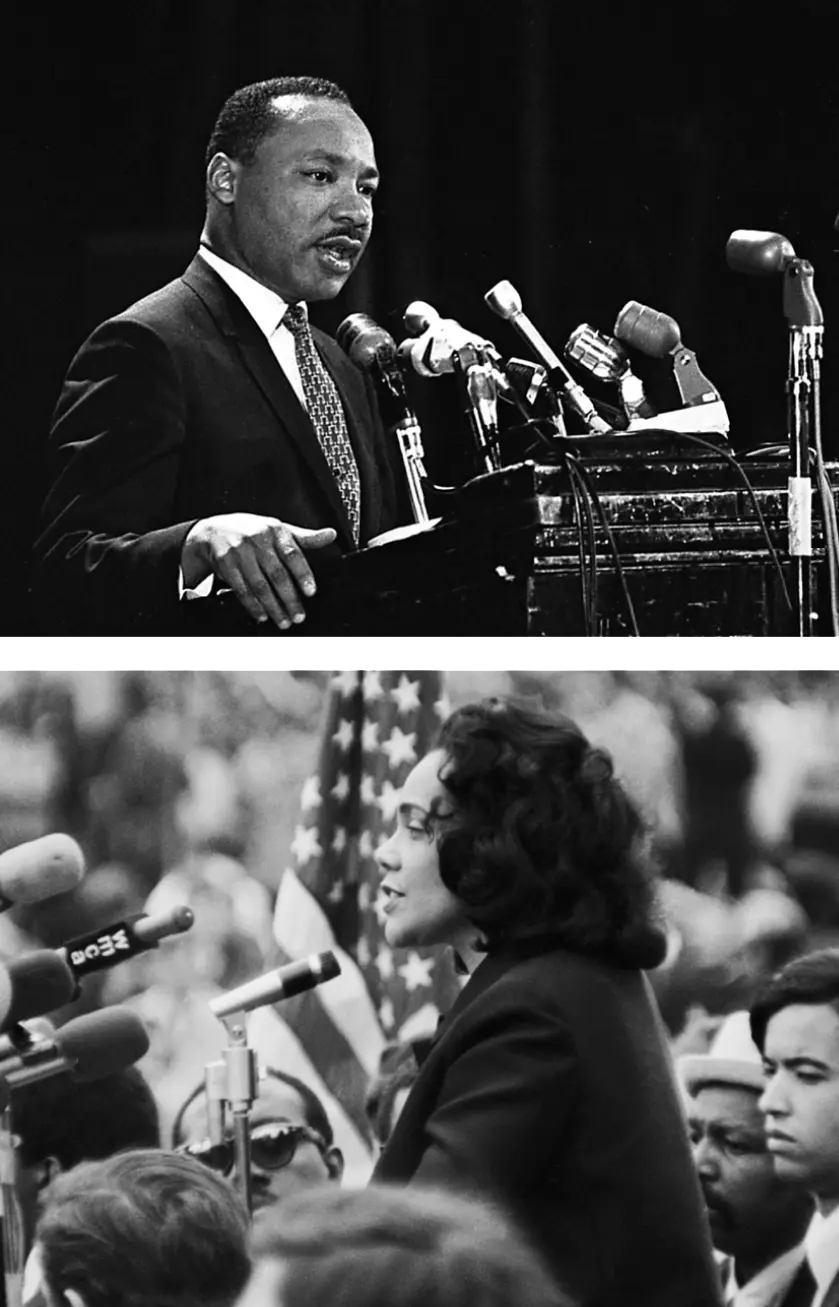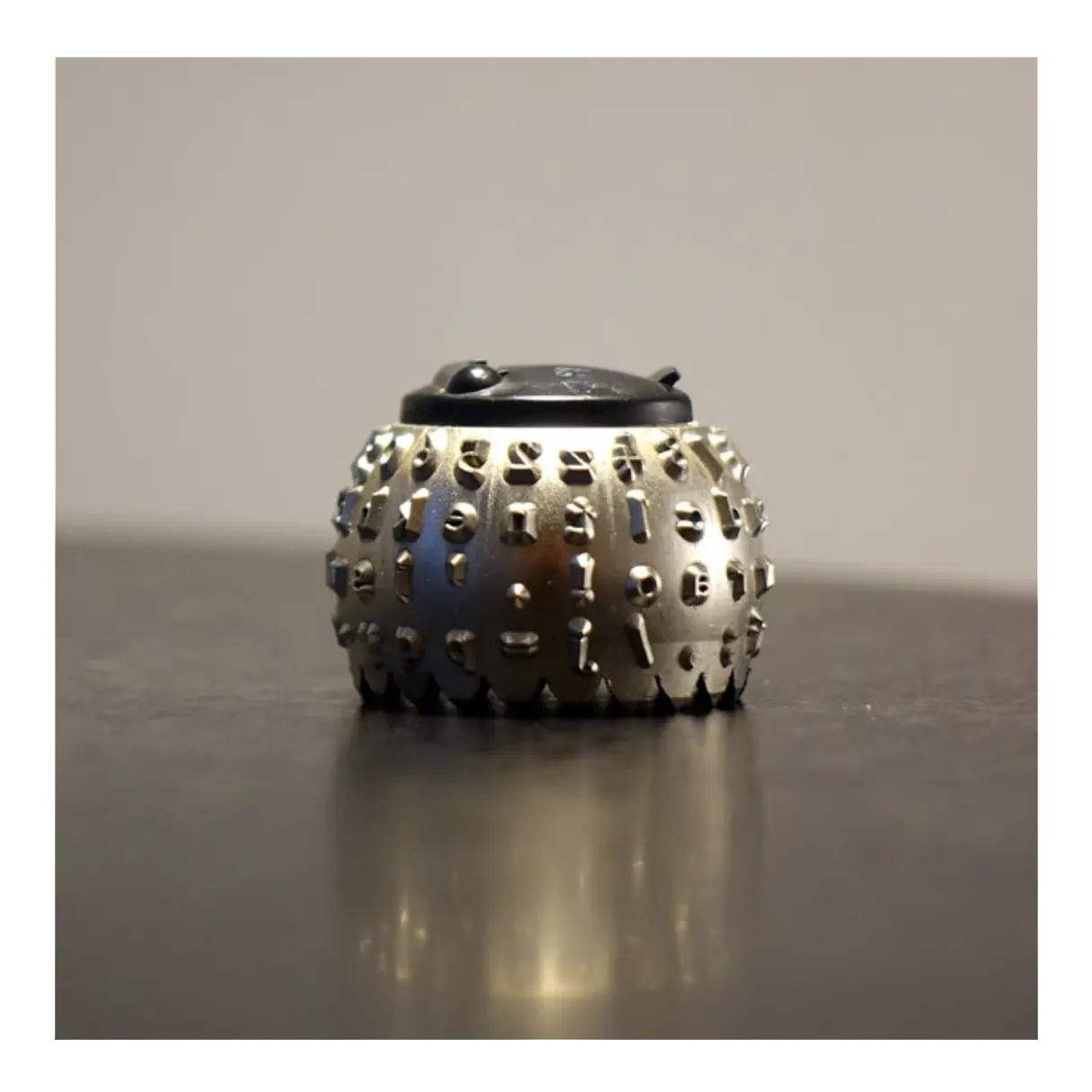In 2018 I was invited to join a team with artist Adam Pendleton and architect David Adjaye to design a monument to Dr. Martin Luther King Jr. and Coretta Scott King on a site at the northeast corner of Boston Common. It was more or less a dream project.

The speeches of the Kings inspired action, and the words they spoke now more than fifty years ago catalyzed a social movement which remains urgent. Their speeches were also virtuosic, moving oratory performances (Adam called them singing). They were calls to action, mobilizing allies in the fight for racial and economic justice. In place of concise quotations typically chosen, we wanted to include the context that surrounded the Kings’ spoken words. What did it sound like? How did it feel? What came next? To this end, we selected only generous excerpts and exclusively from the Kings’ speeches.
Public momuments typically use pithy statements and memorable quotes from written accounts. To honor the long-reaching effects of the Kings’ words, we chose instead to include long excerpts from their public speeches, not from written sources. Meanwhile, the translation of speech into physical text typically falls short. In place of the ubiquitous Roman square capitals carved into stone, I designed Speech-to-Text, a typeface that channels the vitality of the speakers and the era in which they spoke.
Speech-to-Text is based on typewritten notes for the Kings’ speeches from the early 1960s. I adapted Artisan, a font commissioned by for the IBM Selectric typewriter [↑] and not previously digitized. The Selectric was state-of-the-art in 1961, intended to make typing faster and easier.

Speech-to-Text is both faithful to the practical documents of the time, and streamlined for contemporary computers. The new font software is also state-of-the-art, now, incorporating machine learning transcription into a dynamic typeface to produce variable letterforms.

Continues in class . . .

The speeches of the Kings inspired action, and the words they spoke now more than fifty years ago catalyzed a social movement which remains urgent. Their speeches were also virtuosic, moving oratory performances (Adam called them singing). They were calls to action, mobilizing allies in the fight for racial and economic justice. In place of concise quotations typically chosen, we wanted to include the context that surrounded the Kings’ spoken words. What did it sound like? How did it feel? What came next? To this end, we selected only generous excerpts and exclusively from the Kings’ speeches.
Public momuments typically use pithy statements and memorable quotes from written accounts. To honor the long-reaching effects of the Kings’ words, we chose instead to include long excerpts from their public speeches, not from written sources. Meanwhile, the translation of speech into physical text typically falls short. In place of the ubiquitous Roman square capitals carved into stone, I designed Speech-to-Text, a typeface that channels the vitality of the speakers and the era in which they spoke.
Speech-to-Text is based on typewritten notes for the Kings’ speeches from the early 1960s. I adapted Artisan, a font commissioned by for the IBM Selectric typewriter [↑] and not previously digitized. The Selectric was state-of-the-art in 1961, intended to make typing faster and easier.

Speech-to-Text is both faithful to the practical documents of the time, and streamlined for contemporary computers. The new font software is also state-of-the-art, now, incorporating machine learning transcription into a dynamic typeface to produce variable letterforms.

Continues in class . . .
April 15, 2024
What did it sound like? How did it feel?
Readings
Martin Luther King’s Powerful Speeches, Captured In a Typeface) (Meg Miller)
Resources
Q & A with David Reinfurt, Design Museum, London
Q & A with Adam Pendleton, Design Museum, London
Assignment
Research, Reconsider, Repeat (check-in #3)
What did it sound like? How did it feel?
Readings
Martin Luther King’s Powerful Speeches, Captured In a Typeface) (Meg Miller)
Resources
Q & A with David Reinfurt, Design Museum, London
Q & A with Adam Pendleton, Design Museum, London
Assignment
Research, Reconsider, Repeat (check-in #3)